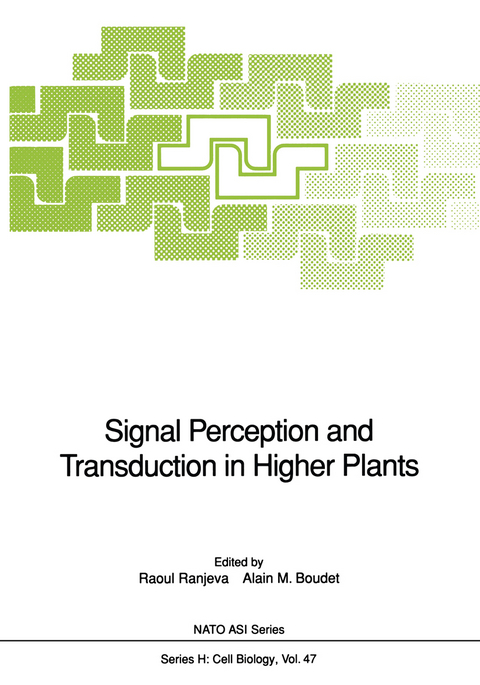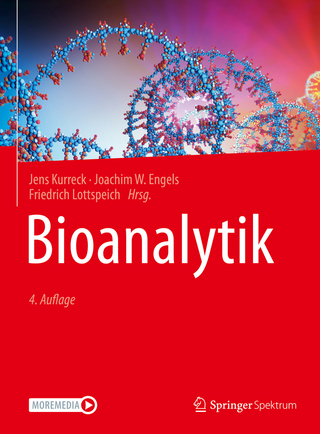
Signal Perception and Transduction in Higher Plants
Springer Berlin (Verlag)
978-3-642-83976-4 (ISBN)
In contrast to animals, plants are immobile and, thus, cannot leave a drastically changed environment. Therefore, plants have developped specific strategies involving particular signal and transduction systems as well as a form of cellular organization that allow them to buffer against sudden changes in external conditions. This state-of-the-art summary written by leading scientists deals with: - the most recent data available on the molecular mechanism involved in the response of plant cells to different stimuli; - the critical domaine of ignorance such as the signifi cance of site occupancy of receptors for growth substances; - the estimation of the applicability of new techniques such as electrophysiology, cell imaging and DNA recombinant technology; - directions for future work.
The sensitivity of plant protoplasts to auxin is likely modulated by the number of receptors at the plasmalemma.- Antibodies to the maize membrane auxin receptor.- Ethylene, first or second messenger ?.- Fussicoccin receptors in plants - How much do we know for sure ?.- Modulation of ATPases activity by different signals.- Phospholipid-activated protein kinase in plants: coupled to Phospholipase A2 ?.- Functional reconstitution of solubilised receptors.- Signal transduction in plant cells and the calcium message.- Function of ion channels and cytosolic Ca2+ in the mediation of higher plant cell ion transport.- Ca2+ as a signal in the induction of callose synthesis.- Inorganic ions in morphogenetic responses of plants.- The in-vivo approach: cell imaging.- Phospholipid derived messengers.- Regulation of free cytoplasmic calcium: a role for phosphatidylinositol metabolism and proteins.- Transgenic systems as a tool to probe essential components in physiological processes.- Control of glycogen metabolism and phosphorylase kinase A model system for studying signal transduction mechanisms mediated by protein phosphorylation and Ca2+.- Molecular cloning of plant protein kinases.- Signal transduction mechanisms in phytochrome action.- Light modulation of chloroplastic enzymes by the ferredoxin-thioredoxyn system: the case of NADP-Malate dehydrogenase.- Protein phosphorylation and the control of photosynthetic CO2 assimilation in C4 and CAM plants.- Cellular and molecular approaches of defense in plants.- Elicitors and defense gene activation in cultured cells.- Transduction of the gravity signal in plants.- Comparison of plant and animal signal transducing systems.- Chemical Communication between the plant and the environment.- Signal perception and transduction in higherplants: now and then.
| Erscheint lt. Verlag | 22.12.2011 |
|---|---|
| Reihe/Serie | Nato ASI Subseries H: |
| Zusatzinfo | IX, 344 p. |
| Verlagsort | Berlin |
| Sprache | englisch |
| Maße | 170 x 242 mm |
| Gewicht | 615 g |
| Themenwelt | Naturwissenschaften ► Biologie ► Mikrobiologie / Immunologie |
| Naturwissenschaften ► Biologie ► Zellbiologie | |
| Schlagworte | Botenstoffe • Cells • Imaging • Messengers • Physiology • receptor • Reizantwort • Rezeptor • Stimulus-response |
| ISBN-10 | 3-642-83976-2 / 3642839762 |
| ISBN-13 | 978-3-642-83976-4 / 9783642839764 |
| Zustand | Neuware |
| Haben Sie eine Frage zum Produkt? |
aus dem Bereich


